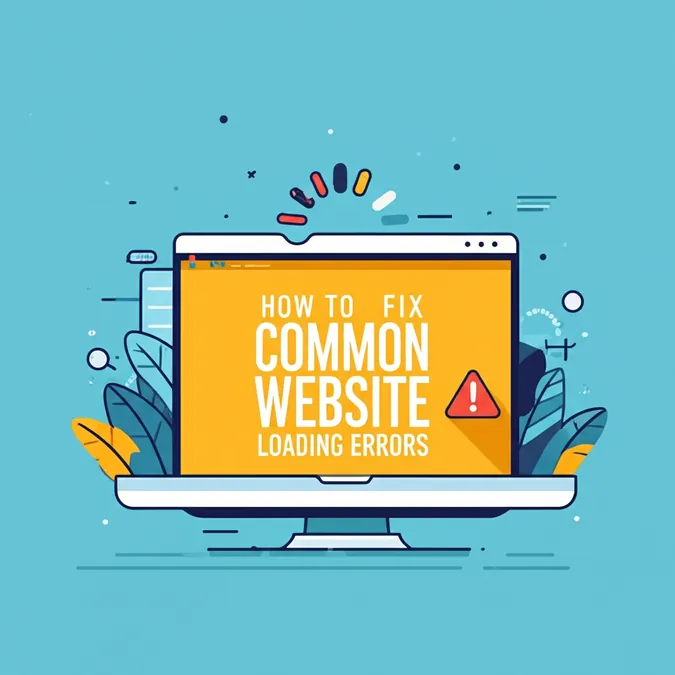Developer Offer
Try ImaginePro API with 50 Free Credits
Build and ship AI-powered visuals with Midjourney, Flux, and more — free credits refresh every month.
What An AI Bubble Burst Means For Fashion

The AI Hype Machine and Fashions Big Bet
Artificial intelligence is the dominant conversation in the tech world, and the fashion industry is listening intently. AI is being promoted as a solution to some of fashion's most persistent challenges, including product discovery, personalized marketing, and inconsistent sizing. However, the high cost of investment, uncertainty about returns, and the risk of consumer backlash create significant hurdles. Recently, these concerns have escalated to a global scale.
Speculation is growing that we are in an AI "bubble," fueled by skyrocketing tech company valuations and massive spending on a technology that has yet to deliver widespread economic gains. Recent warnings from major banks and investors about a potential AI-driven market correction have caused equity markets in the US, Asia, and Europe to tumble. With AI stocks taking a significant hit, the fashion industry must ask two critical questions: Are we in an AI bubble, and if so, what should fashion companies do to prepare?
Are We In An AI Bubble
Investor excitement for AI has reached a fever pitch. Chipmaker Nvidia recently became the world's first $5 trillion company, while Apple and Microsoft surpassed the $4 trillion mark. Private AI giants like OpenAI and Anthropic have also secured massive valuations. Venture capitalists have now designated nearly 500 AI startups as "unicorns" with valuations of $1 billion or more, according to data from CB Insights. Meanwhile, tech giants are pouring tens of billions more than planned into AI infrastructure, with Microsoft spending $35 billion in a single quarter and Meta planning up to $72 billion in capital expenditure.
Fears of a bubble are rooted in the incredible speed and concentration of investment in AI before the technology has proven its long-term profitability. "We see a perfect AI bubble forming," says Fiona Harkin, director of foresight at The Future Laboratory. "Vast, concentrated sums of money are being invested in companies from Nvidia to Microsoft, all feeding off each other, meaning if one fails, they all fail."
Experienced investors are drawing parallels to previous economic downturns. James Anderson, an early backer of Amazon, finds the pace of AI valuation increases "disconcerting," reminiscent of the dot-com era. Michael Burry, famous for predicting the 2008 housing market collapse, has announced bets against major AI stocks, stating, "Sometimes, the only winning move is not to play."
How a Market Correction Could Impact Fashion
As AI spending and valuations climb, pressure mounts to demonstrate a return on investment, yet data showing significant productivity gains remains scarce. The central question for fashion is whether its own investments in AI will ultimately pay off. Compared to adjacent industries like advertising, fashion's foray into AI is still in its early stages.

Few fashion companies are public about their AI spending, but LVMH is an early adopter with its internal "AI Factory." The luxury conglomerate first undertook the massive task of consolidating all its customer data into a single system before deploying AI algorithms. This process highlighted the need for significant and ongoing financial commitment, a lesson for the rest of the industry.
Swarovski also invested heavily in a data overhaul to create a unified system for a new generative AI portal for its marketing and customer service teams. In another example, Moncler is shooting thousands of extra product photos to create 3D product videos for its website. Testing showed this approach increased average mobile engagement time by 49% and pages viewed per session by 22%, with the hope that this enhanced experience will translate to higher sales.
Fashions Cautious Adoption and Early Wins
"Calling this a bubble assumes the peak has already been reached, but in fashion, we haven’t even begun," says Matthew Drinkwater, head of the Fashion Innovation Agency. He notes that most brands are still dealing with fragmented data and small-scale pilot projects, while major breakthroughs in areas like autonomous design and zero-waste manufacturing are still on the horizon.
Fashion companies have been more willing to use AI for behind-the-scenes applications than for consumer-facing campaigns due to the perceived reputational risk of replacing human creativity. For internal functions like finance, supply chain, and marketing, some brands are already seeing measurable returns. Raakhi Agrawal, a partner at Boston Consulting Group, reports that clients have seen time savings of up to 58%, 80% lower costs, and asset creation that is two to ten times faster by focusing on a few high-impact use cases.

Beyond the Hype Is AI Here to Stay
Early data suggests consumer behavior is adapting quickly to AI-powered shopping tools. A recent Adobe survey found that over a third of US consumers have used AI for online shopping for tasks like research and product recommendations. This indicates a deeper integration of AI into daily life compared to previous tech fads like Web3 and NFTs.
"No one’s really talking about the fleeting promises of the metaverse and NFTs anymore, but AI feels different," says Shadeh Kavousian, creative director at Morning FYI. "It’s less a passing trend and more a fundamental shift... something that changes the way we approach everything."
If the AI bubble is about to burst, some experts believe it could be a positive development for the fashion industry. "A crash will sort the wheat from the chaff," says Harkin. A market correction would force companies to focus on genuinely useful applications with a clear market need, ultimately leading to more sustainable and impactful innovation.
Compare Plans & Pricing
Find the plan that matches your workload and unlock full access to ImaginePro.
| Plan | Price | Highlights |
|---|---|---|
| Standard | $8 / month |
|
| Premium | $20 / month |
|
Need custom terms? Talk to us to tailor credits, rate limits, or deployment options.
View All Pricing Details

